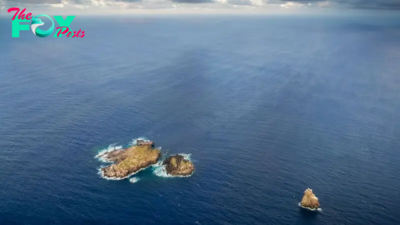Science
James Webb Space Telescope deciphers the origins of Pluto's icy moon Charon
Using the James Webb Space Telescope (JWST), astronomers have detected carbon dioxide and hydrogen peroxide on the frozen surface of Pluto's largest moon, Charon. Detecting these molecules could tell scientists how Charon and other icy bodies at the solar system's edge were born.
Since its discovery in 1978, Charon has been extensively studied — but previous research has been limited in terms of what wavelengths of light could be explored during these analyses. That left gaps in our understanding of the surface composition of this moon of Pluto. As a result, though scientists have detected water ice, ammonia-bearing species and organic compounds on Charon, carbon dioxide and hydrogen peroxide have evaded detection. Until now, that is.
The team, led by Silvia Protopapa of the Southwest Research Institute (SwRI), filled in these gaps by studying Charon with the JWST's Near-Infrared Spectrograph (NIRSpec) instrument.
"Our research reveals that Charon’s surface preserves evidence of its formation through the presence of carbon dioxide, as well as signs of irradiation processes, indicated by the presence of hydrogen peroxide," Protopapa told Space.com. "These discoveries expand Charon's known compositional inventory, which includes water ice, ammonia-bearing species and organic materials responsible for its gray and red coloration."
Related: Pluto's huge white 'heart' has a surprisingly violent origin, new study suggests
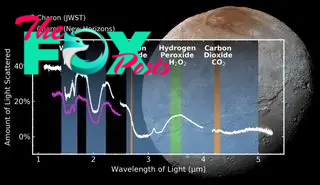
Charon is a midsized body roughly 750 miles (1,207 kilometers) wide and located in the Kuiper Belt, a ring of icy debris, comets and dwarf planets, also referred to as trans-Neptunian objects (TNOs), at the solar system's edge.
Unlike many of the larger objects in the Kuiper Belt, Charon's surface is not obscured by volatile ices like methane, meaning it offers scientists valuable insights into the effects of sunlight exposure and cratering on these distant bodies. Additionally, Charon is the only mid-sized TNO for which geologic mapping is available. This is thanks to data gathered by NASA's New Horizons spacecraft, which visited the Pluto system around a decade ago.
-

 Science18h ago
Science18h agoWhat to Know About the Leak at the International Space Station: ‘A Top Safety Risk’
-

 Science20h ago
Science20h agoHranice Abyss: The deepest freshwater cave on Earth and a conduit to a 'fossil' sinkhole
-

 Science20h ago
Science20h agoRecord spike in earthquakes at Washington's 'high threat' volcano sends researchers scrambling for answers
-
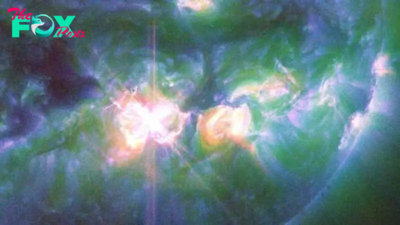
 Science21h ago
Science21h agoX9 solar flare launched from sun is the biggest in 7 years — and Earth is in the firing line (again)
-
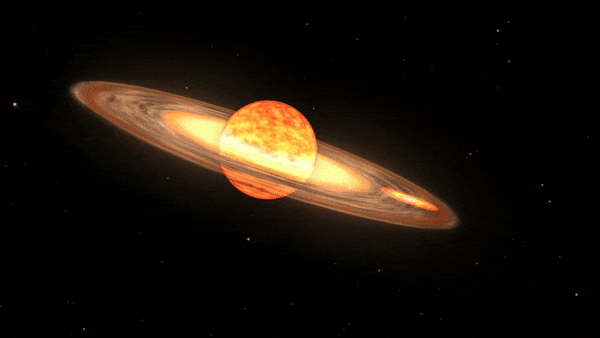
 Science21h ago
Science21h agoAstronomers prepare for once-in-a-lifetime event: A 'new star' in the night sky
-

 Science1d ago
Science1d ago'Ring of fire' solar eclipse blazes over Easter Island in incredible new image
-
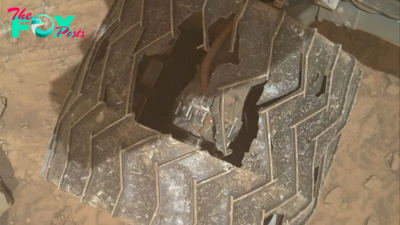
 Science1d ago
Science1d agoNew NASA images reveal giant hole in Curiosity rover's wheel after 12 years of 'abuse' on Mars
-
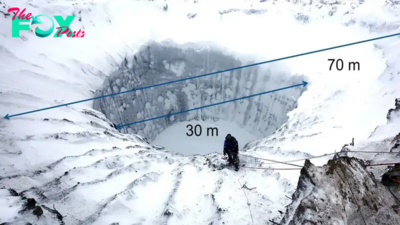
 Science1d ago
Science1d agoWe're one step closer to finding out why Siberia is riddled with exploding craters
